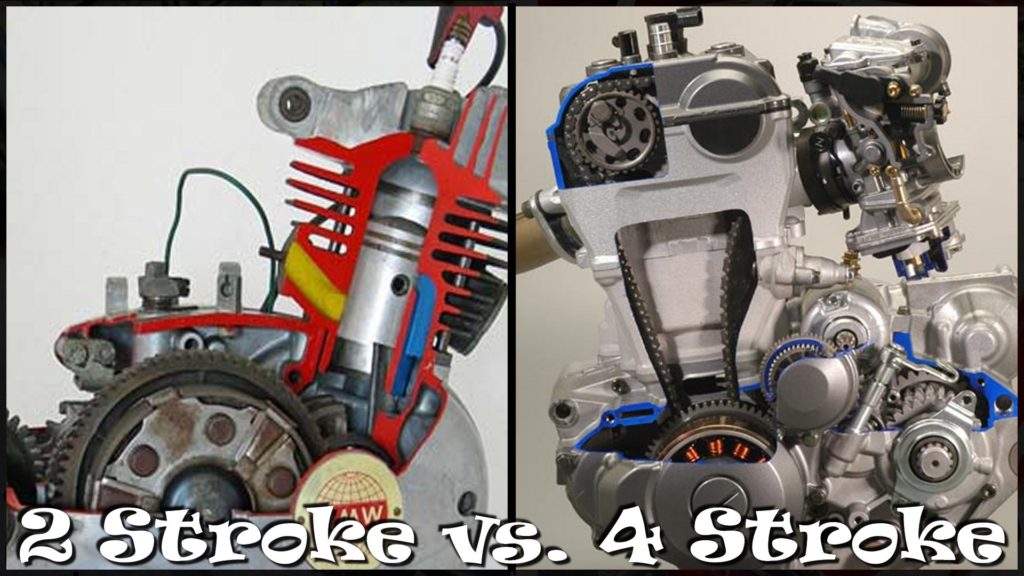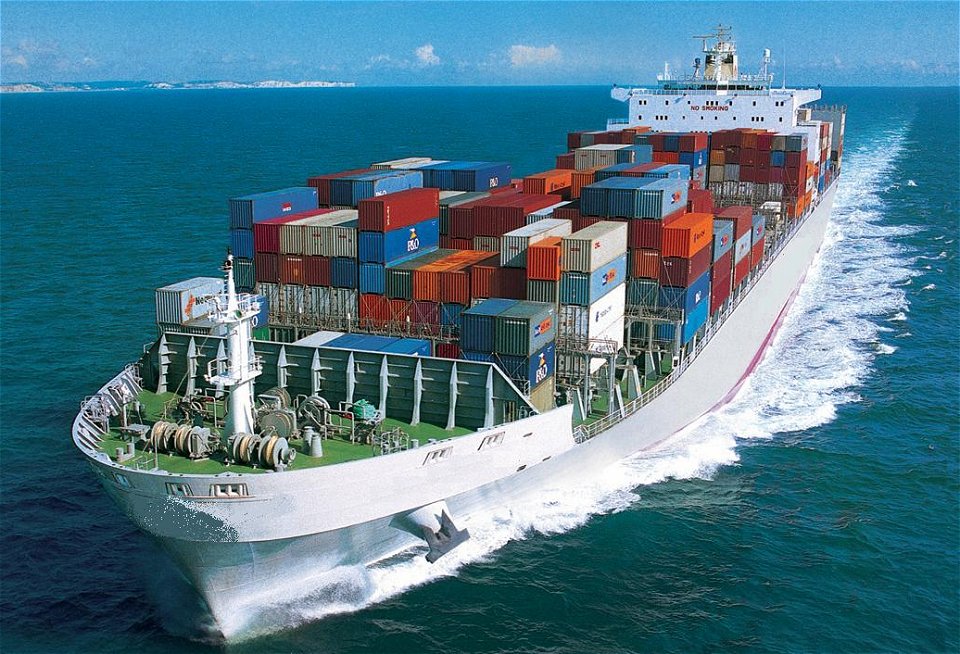I recently read an article in Motorcycle Consumer News by David L. Hughes where he lamented that the average age of motorcycle riders had moved up into the high-50s when it used to be in the mid-20s.
There are essentially two main factors that have caused this to happen. The first was caused by Honda, with their very vocal insistence that all the manufacturers drop the big selling two-stroke first bikes from their lines and build four- strokes only.
This caused a major problem in the motorcycle sport, while giving the manufacturers an immediate surge of extra profit, because they could get more money for a four stroke and its replacement parts.
This change in what models were available in the marketplace caused three things to happen almost simultaneously to our sport.
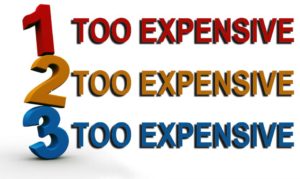
![]() Fewer people were able to afford that first play bike, which would set the new riders desire, for more and newer motorcycles
Fewer people were able to afford that first play bike, which would set the new riders desire, for more and newer motorcycles
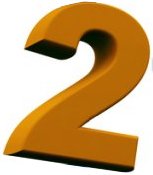 When that expensive to repair four stroke broke down, it didn’t get repaired, so the new riders chance to become an enthusiast was cut short.
When that expensive to repair four stroke broke down, it didn’t get repaired, so the new riders chance to become an enthusiast was cut short.
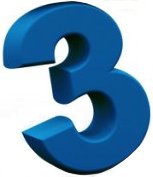 Motorcycling, as a sport, was proved to be too expensive, so even fewer people bought that first bike.
Motorcycling, as a sport, was proved to be too expensive, so even fewer people bought that first bike.
That’s how the decline started. Simultaneously with those manufacturing decisions, taxes went up drastically and indirectly, by cutting the value of our currency.
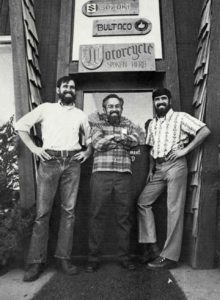 Before this all started, back in the 60s and 70s, I sold hundreds of good solid 250 cc two-stroke first bikes for $695 plus tax out the door. If the buyer did something dumb and forgot about oil, for less than $100 they were up and running again. The development of a crop of new enthusiasts was guaranteed by both economics and fun.
Before this all started, back in the 60s and 70s, I sold hundreds of good solid 250 cc two-stroke first bikes for $695 plus tax out the door. If the buyer did something dumb and forgot about oil, for less than $100 they were up and running again. The development of a crop of new enthusiasts was guaranteed by both economics and fun.
Right now there’s nothing to compare to that, even though the people still have the ability to spend up to about $1000 for a fun bike in the 150 cc to the 250 cc class. So what would that $1000 motorcycle cost them now? My guess is that in today’s currency it would cost somewhere between $7000 and $10,000. It’s really easy to believe that prices have just gone up, when the reality is, that money value has been pushed down, to where things we used to buy for pocket change now cost a bale of money. Lowering the value of money, simply becomes a hidden tax.
So now, it’s not only that they can’t get the bike for the thousand dollars, but when the new rider breaks the more delicate and harder to repair four stroke, it will cost the thousand dollars just to fix it. The net result is the loss of not just that new motorcycle enthusiast but all his buddies who have now had it proven to them that people who buy motorcycles to enjoy are fools.
Can this lack of new “motorcycle enthusiasts” problem be fixed? Certainly but the manufacturers are going to have to take some of that big money they made by following Hondas shortsighted 4-stroke ideology and design some 1970s style 2-stroke 150cc and 250cc play bikes, at a small margin price point, and get the motorcycle enthusiasm started again. Remember it was well on the way when they squelched it by following Honda’s advice and dropping their reasonable to manufacture and repair two-stroke first bikes and going to all four-strokes.
Now it’s up to the manufacturers to combine their engineering talent and design a line of almost generic self-oiling two-stroke beginner bikes and get the motorcycle boom on the move again. It is also important for the different brands to have easily identifiable small differences to give the owners reasons to brag about how much better their brand is than Brand X, while they all have identical internals to keep the cost down.
Bragging about those obvious differences has always been an important part of the enthusiast experience!
For all you folks who don’t understand two-strokes and think more is better, I’ll try to explain why the two-stroke is superior anytime you want efficiency, ease of manufacture, lightweight and reasonable maintenance.
In a two-stroke engine every time the piston moves down in its bore you get one power stroke. (Two strokes, one stroke up and one stroke down.)
In a four- stroke engine every two times the piston moves down in its bore you get one power stroke. (Four strokes, two strokes up and two strokes down.)
Do all of you now understand that in a four stroke engine the piston has to slide up-and-down twice before you get any power, while in a two-stroke it only has to do that once to get your power? So you see, in this case, two really adds up to more than four.
Another thing you may not be aware of about the huge container ship that hauls those crated motorcycles to the US, the ship itself probably has a huge two-stroke engine, because they are more efficient and economical, and its engine may have been built by Kawasaki.
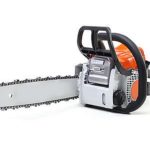 The pistons are so big in those container ship two-stroke engines you could use them for picnic tables. They give those ships the advantage of better fuel mileage and way lower overall operating costs. Chainsaws also use two-strokes because they are dependable and just plain more energy dense. (More power in the smallest space.)
The pistons are so big in those container ship two-stroke engines you could use them for picnic tables. They give those ships the advantage of better fuel mileage and way lower overall operating costs. Chainsaws also use two-strokes because they are dependable and just plain more energy dense. (More power in the smallest space.)
In motorcycles they have those same advantages along with the fact that they give the bike a lower center of gravity, because there are no heavy cams valves chains etc. high on the engine. Even the carburetor or fuel injections are mounted lower on the two-stroke engine. The two-stroke engine is so simple that most any person can do a complete upper end tear down with zero training in about 20 minutes.
If there are any of you folks who still can’t understand why two- strokes are superior as lightweight motorcycle engines, something else is dense and it’s not energy. There should still be plenty of small four- strokes available to supply the hardheads.
The bottom line is, we need two- stroke play bikes back, if we intend to revitalize the motorcycle industry, and lower the average age of riders again.
~Herb Uhl
